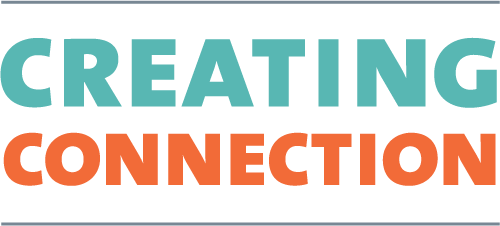New research from the School of Social Policy and Practices at the University of Pennsylvania is offering more promising data around the role of arts and culture in creating stable, healthy communities.
Taking a big-picture approach to studying social justice and human development, the researchers assert that cultural engagement and creative expression are core to understanding and measuring social well-being:
The question is no longer whether the arts promote social wellbeing. Rather, opportunities for cultural engagement and creative expression are integral to wellbeing. Just as we would never talk about wellbeing without considering health, housing, income, security, or social connections, so too we must see the arts as central “to a life [people] have reason to value.”
So how does creativity measure up?
The research team developed a set of multi-dimensional tools to track and measure social wellbeing and—with a clear win for the creative placemakers among us—the study found that New York City neighborhoods with higher concentrations of cultural assets experienced:
14% fewer cases of child abuse and neglect
18% lower felony crime rate
17—18% increase in the number of students scoring at the highest level on standardized math and English tests
Can we take all the credit?
No, not exactly.
In fact the authors "cautioned that the findings did not show that the arts directly cause the more positive outcomes, but that they were significant in a broader context, indicating ‘cultural assets are part of a neighborhood ecology that promotes well-being.’”
Which, of course, is what many of us have been saying and practicing for years—creativity and the arts are a critical part of the equation, contributing to the health and well-being of both individuals and communities.
Read more about the findings and keep up the good work.

